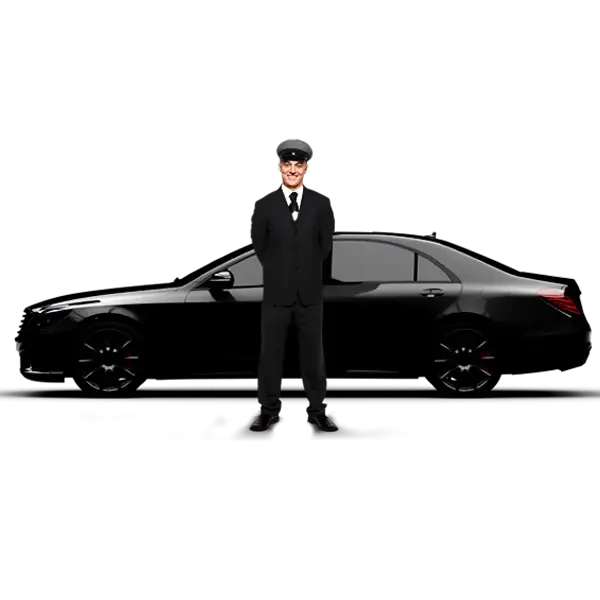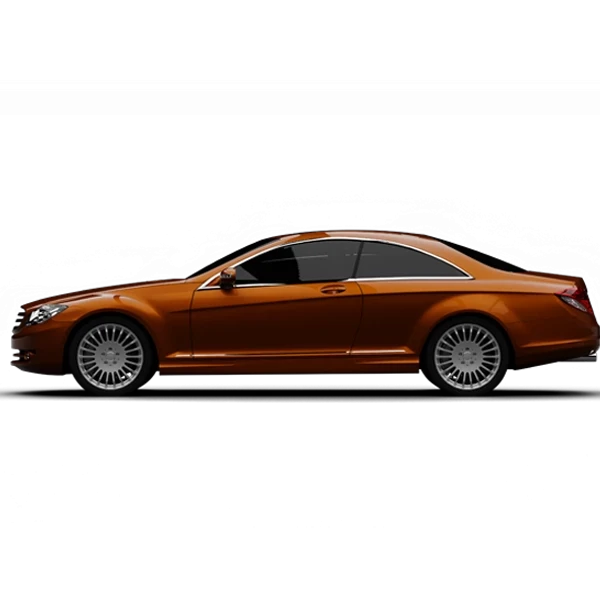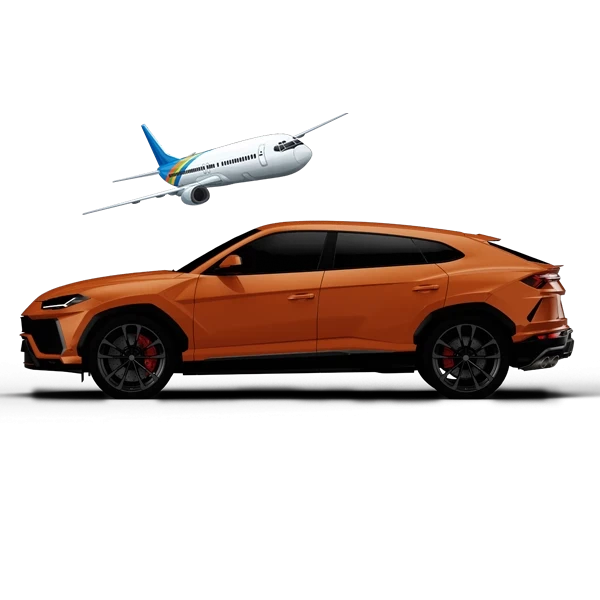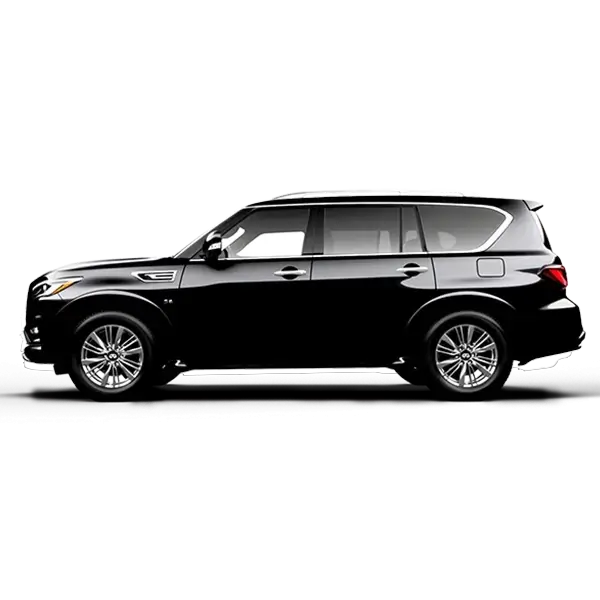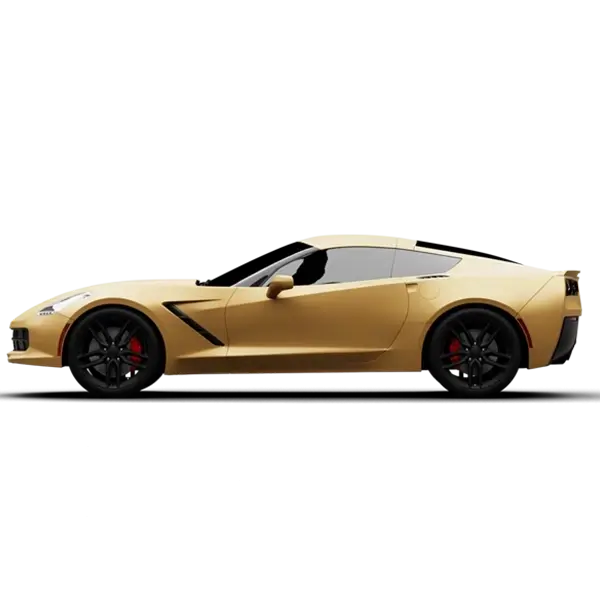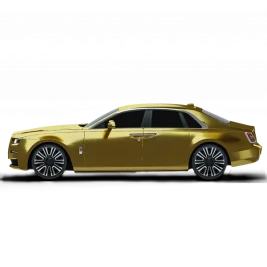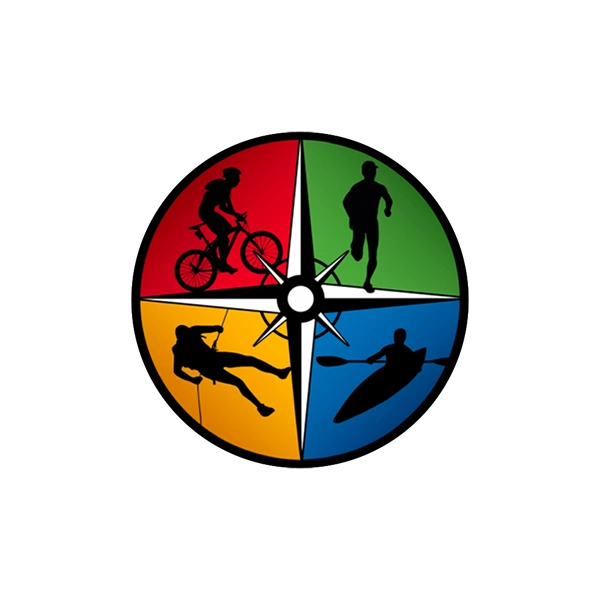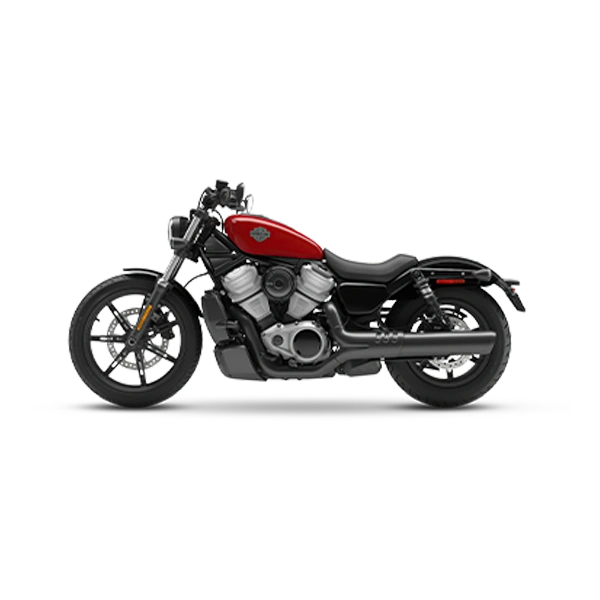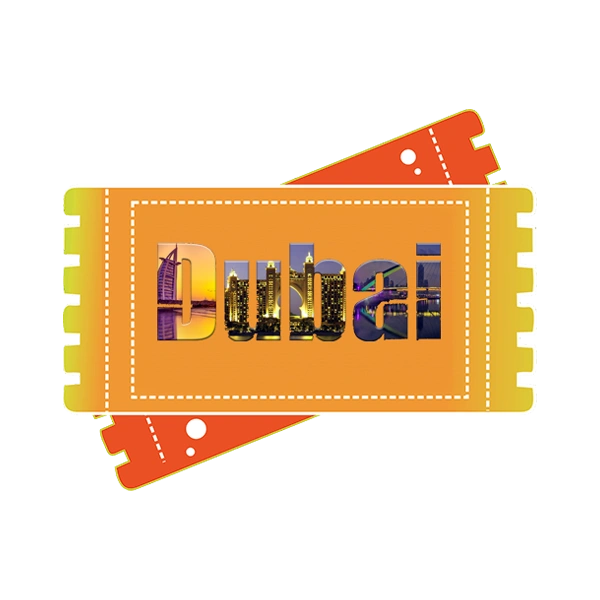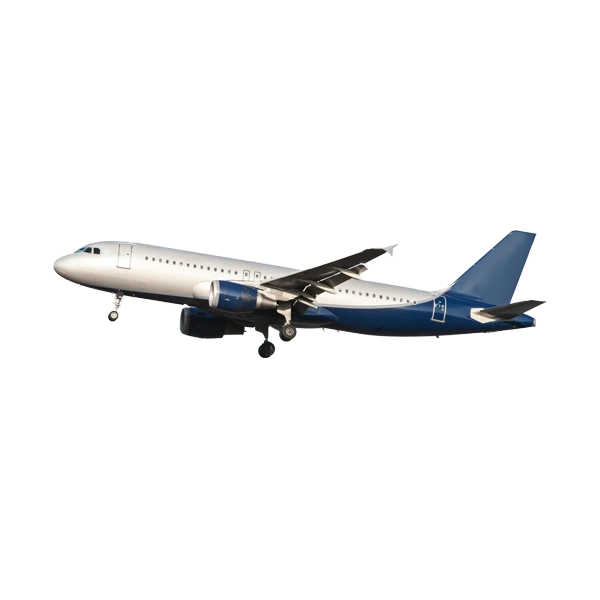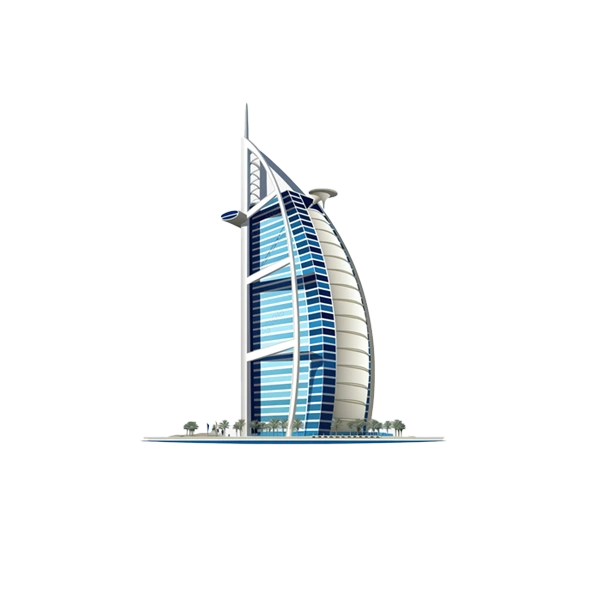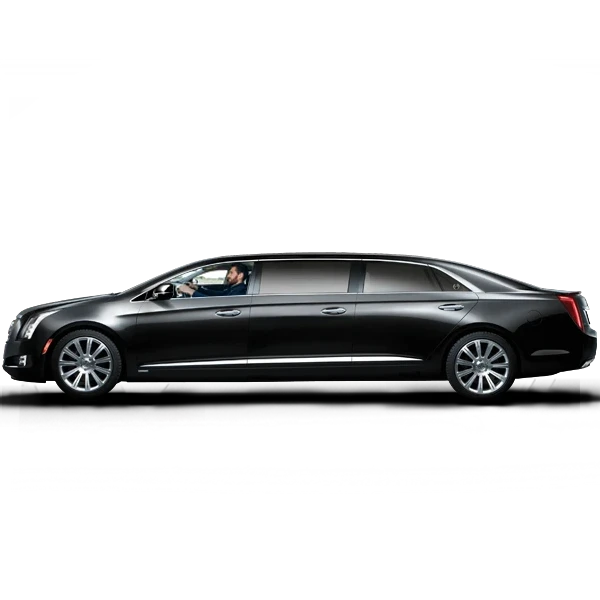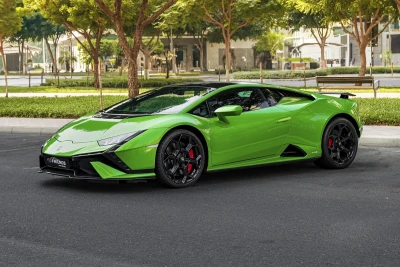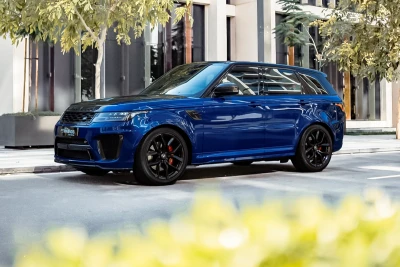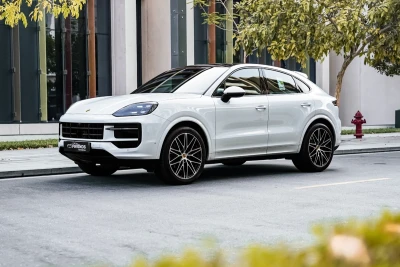How To Drive Safely in Dubai?

Driving in Dubai can be an incredible experience. However, safe driving is crucial to a seamless travel experience—helping you avoid fines and legal consequences. Navigating the city isn't complicated; it's a fairly straightforward process that just requires a little preparation and a solid understanding of local traffic laws.
In this guide, you’ll discover the 25 most essential tips for driving safely and confidently in the emirate. From mastering lane discipline to understanding the zero-tolerance policy, consider this your ultimate guide to becoming a pro on Dubai's streets.
Let's buckle up and dive in!
The Core Fundamentals
The Driving Side
If you are from the UK, Australia, or other countries that drive on the left (with the driver's seat on the right), this might be your biggest challenge. In Dubai, we drive on the right side of the road, and the steering wheel is on the left side of the car.
Your brain is going to want to pull to the left side of the lane, especially on quiet roads or when you're turning. Be aware of it—muscle memory can be tricky sometimes. Take a deep breath and consciously stay to the right. It may feel unusual at first, but you'll get accustomed to it.
For those who have right-hand side driving (e.g. USA, Canada, Canada, Germany, France, etc.) you’ve a headstart. You have one less thing to worry about for safe driving in Dubai.
No DUI: Drugs & Alcohol. Period
This is the easiest rule to follow. The UAE has a zero-tolerance policy for DUIs. If you have even a tiny bit of alcohol in your system and you're driving, you're looking at serious jail time and massive fines. Just don't risk it. Use a taxi, Uber, or Careem. Simple as that—No exceptions.
For a detailed DUI UAE regulation, read: UAE’s Zero-Tolerance Alcohol Limit.
No Phone—focus on the road
You're not a magician; you can't multitask. Your eyes need to be on the road, not on your mobile phone screen. Using your phone for a call or a text while driving is a major cause of accidents here. Get a proper phone mount and use the hands-free function. Your life is not worth that text message.
Get more in-depth information here: Mobile Phone Use While Driving in Dubai.
Seatbelts for Everyone
Seatbelt is not just for you (driver). Every single person in the car, front and back, has to be wearing a seatbelt. It's a legal requirement, and it's also for their safety. Seatbelts are lifesavers in unfortunate and unforeseen circumstances. Little things matter.
Avoid Reckless Driving
Reckless driving is a serious offence in the Emirates, not just in Dubai. What does no reckless driving mean here? This means no sudden, aggressive moves. Weaving in and out of traffic, tailgating, and getting into a road rage incident.
Reckless driving is not just rude; it's a crime here in Dubai. It can easily land you in serious trouble. Stay calm, drive defensively, and don't let other drivers get under your skin.
Learn about reckless driving consequences here: Report Reckless Drivers in Dubai.
On the Road—What to Do & How to Act
Keep a Safe Distance
Maintaining a safe distance is your best friend while driving on Dubai's roads. Always keep a two-second gap between your car and the one in front of you. When you're in heavy traffic, or if it's raining or foggy, double that to four seconds. Why? Because you need this time window to react if someone slams on their brakes.
Check Your Blind Spots
Your mirrors are almost-perfect, but they don't show you everything—blind spots. Before you change a lane, take a quick look over your shoulder to check for any cars hiding in your blind spot. It takes a second and could save you from a major collision. Don't rely solely on your mirrors.
Understand Speed Limit
It’s important that you quickly grasp that all the speed limit signs in the UAE are km/h. The speed limits are clearly posted, and high-tech cameras & radars monitor traffic everywhere.
You will get fined for speeding if you’re not aware of the posted signs, so just follow the signs. And remember, in school zones and residential areas, the limits are much lower for a reason—so be extra careful.
Be aware of the conversion and adhere to the speed limit. Speeding is the most common traffic violation and a significant contributor to accidents.
No Red Light Running
Red light running is a matter of life and death. Cameras monitor every single traffic light. Don't try to beat the red light, even if you think you can make it. It's incredibly dangerous and can result in a huge fine, a black point on your driving license, and even vehicle impoundment. It’s not simply worth the risk.
Signal Your Intentions
Signal your intentions well in advance. Don't be that driver who changes lanes without a warning. Use your indicator well in advance so other drivers know what you're doing. It's basic courtesy and crucial for safety.
Follow Lane Discipline
What you should know while driving in Dubai is that the far-left lane is for overtaking and fast-moving traffic. This might be completely new to some nationalities. So, if you're just cruising along, move to the middle or right lanes. And remember a thing about headlight flashing. It's just a polite way of asking you to move over in Dubai. Don't take it personally.
Understand headlight flashing in Dubai in detail: Rude to Flash Your Headlights in Dubai?
Master Roundabout Rules
Roundabouts can be tricky in Dubai due to their multi-layered nature. It’s crucial that you know that traffic already in the roundabout has the right of way. You need to yield. And here's a key tip for drivers from the UK: you don't need to signal when you enter. Just signal when you are about to exit.
Learn to master roundabouts in Dubai here: Roundabout Navigation in Dubai.
Give Way to Pedestrians
Pedestrians at marked crosswalks have the right of way. Stop for them. You'll see a lot of people crossing in unplanned spots, too—so always be on the lookout, especially in residential or busy areas. This is usually common in crossings where there are no traffic lights.
Failing to yield to pedestrians in crosswalks can also lead to severe penalty violations, especially if you are reported. Wait for a while and let the people cross and get going without any legal consequences.
Watch Out for Trucks and Buses
Heavy vehicles on Dubai’s streets are common, and they can cause serious issues while you’re driving. Typically, on the big highways, large commercial vehicles with numerous blind spots take a long time to notice your presence & care for your safety.
It’s always wise for you to give them a wide berth. Avoid falling into their blind spots. Doing so, you will completely avoid serious accidents, which can easily result in loss of life & vehicle damage.
Avoid Sudden Stops
Sudden stops on ever-flowing highways are extremely dangerous. It simply means you’re taking unnecessary chances with your life. So, try to be a smooth driver. Look ahead for traffic and slow down gradually. If you slam on your brakes for no reason, you risk getting rear-ended.
Dealing with Aggressive Drivers
Dubai’s multi-national residents mean a wide range of drivers will be sprawling the streets. You will likely encounter some aggressive drivers. The best thing you can do is not engage. Avoid making eye contact and refrain from getting into a competition. The safest move is to just get out of their way. It's not a race. Furthermore, street racing is illegal in the Emirates.
Don't Use the Hard Shoulder
Hard shoulder lanes can be very tempting, especially while you’re running late. However, always remember that the lane is for emergencies only. Do not use it to get ahead in traffic, no matter how tempting it looks. It's a major safety violation and puts you and others in danger.
Stay Calm in Traffic
Traffic jams are a common occurrence in Dubai’s massive automotive landscape. Just imagine 3.5 million vehicles running every day—jams are imminent, especially during school & office hours. Getting angry won't make things move any faster. Put on some music, listen to a podcast, and relax.
Preparation & Safety Checklist
Keep Your Car in Shape
Dubai’s demanding heat here is no joke. It can easily reach 50+°C. You must regularly check your tire pressure and ensure you have sufficient oil and coolant. A breakdown on a busy highway can be a dangerous situation.
Ensure your car is in its optimal condition. Always have it checked or examine yourself, especially before long trips, like cross-emirate journeys.
Be Ready for Bad Weather
It doesn't rain often in the Emirates, but when it does, it can be intense. Rain makes the roads slippery, and sandstorms can reduce visibility to almost zero. When this happens, slow down, use your low-beam headlights, and give yourself extra space.
If you’re at a safe spot, it is better to stay inside and avoid driving in such scenarios, especially in a rental car. The damages to the car will be your fault, so drive when the weather is clear.
Watch for Emergency Vehicles
It’s the simplest yet extremely crucial driving rule in Dubai and other parts of the world. Don’t underestimate it. When you hear an emergency siren, safely pull over to the side of the road and stop to let the vehicle pass. This little act will save lives.
Take Child Safety Seriously
Driving with children in the vehicle requires extra attention. The UAE has strict rules—mandating that children be seated in the back of the car and using child safety seats properly.
Disobeying this simple traffic rule can result in severe penalties. Ensure you understand & prioritize the safety of your children while driving in Dubai.
Learn more about: The Important Things to Consider While Driving a Family Car in Dubai.
Plan Your Route
Pre-trip planning is your key to stress-free driving in Dubai. Make use of the best navigational apps like Google and Waze. It's much safer to know where you're going than to try and suddenly swerve across multiple lanes to make an exit you missed.
Stay Proactive
Staying alert and proactive on the road is crucial to an accident-free driving in Dubai’s fast-paced highways & busy city streets. It requires you to be a defensive driver. Constantly scan the road for potential hazards—not just the car in front of you, but two or three cars ahead. The more you anticipate, the safer you'll be.
Avoid Rubbernecking
Accidents are a common occurrence on Dubai's roads, especially on highways. There is a chance you might see one on the other side of the highway. In such a situation, don't slow down or stop to examine it.
This rubbernecking is a significant contributor to secondary accidents and traffic congestion. Keep your focus on the road ahead and drive past the scene safely. It’s better if you keep going your way without affecting the flow of traffic.
FAQs:
What are the most common causes of accidents in Dubai?
The most common causes of accidents in Dubai are sudden swerving, failing to maintain a safe distance (also known as tailgating), and speeding. Additionally, distracted driving, particularly the use of mobile phones, is a significant contributor to collisions.
What are the specific safety risks of driving in Dubai's extreme heat?
Dubai’s extreme heat can pose several risks to your vehicle and safety. It can cause tire pressure to increase, leading to blowouts. It also increases the risk of your engine overheating.
What are the biggest mistakes new drivers make when adjusting to Dubai's roads?
The most common mistakes new drivers make when adjusting to Dubai’s roads are related to not understanding the local driving culture and rules. This includes:
failing to adhere to lane discipline (driving slowly in the fast lane),
not signalling correctly at roundabouts, and
misunderstanding headlight flashing as an aggressive act.
Final Thoughts
Learning how to drive safely in Dubai can be an incredibly rewarding experience. With this guide, you've got the tools and knowledge to navigate the city's roads with confidence.
Remember, the key to an accident-free journey isn't just knowing the rules; it's about staying alert, being patient, and anticipating what's ahead. Whether you're a seasoned driver from a right-hand-side country or a new learner adjusting to the left-hand steering wheel, every tip in this guide is designed to keep you safe.
Adhere to the speed limits, respect the road, and always prioritize the safety of yourself and those around you. Enjoy the open roads and the breathtaking views that Dubai has to offer. Safe travels!
Written by: FriendsCarRental
Published at: Wed, Nov 5, 2025 2:45 PM
Leave a Reply
Your email address will not be published. Required fields are marked *
Car Rental in Dubai
AED 2500
DAY
AED 0
MONTH
-
 SUV
SUV -
 4 Doors
4 Doors -
 5 Seats
5 Seats
- 1 Day Rental Available
- Deposit: Not Required
- Insurance Included
AED 5500
DAY
AED 0
MONTH
-
 Sports
Sports -
 2 Doors
2 Doors -
 2 Seats
2 Seats
- 1 Day Rental Available
- Deposit: Not Required
- Insurance Included
AED 1200
DAY
AED 0
MONTH
-
 SUV
SUV -
 4 Doors
4 Doors -
 5 Seats
5 Seats
- 1 Day Rental Available
- Deposit: Not Required
- Insurance Included
AED 1600
DAY
AED 0
MONTH
-
 SUV
SUV -
 4 Doors
4 Doors -
 5 Seats
5 Seats
- 1 Day Rental Available
- Deposit: Not Required
- Insurance Included
AED 1500
DAY
AED 28500
MONTH
-
 SUV
SUV -
 4 Doors
4 Doors -
 5 Seats
5 Seats
- 1 Day Rental Available
- Deposit: Not Required
- Insurance Included

 عربي
عربي
 English
English
 Français
Français
 Русский
Русский
 中国人
中国人
 Nederlands
Nederlands
 Española
Española
 Türkçe
Türkçe
 Italiana
Italiana



